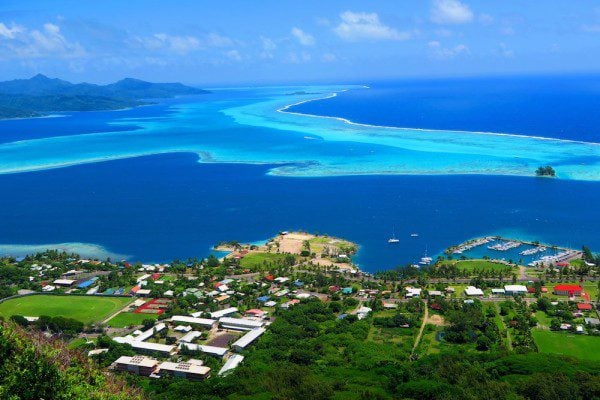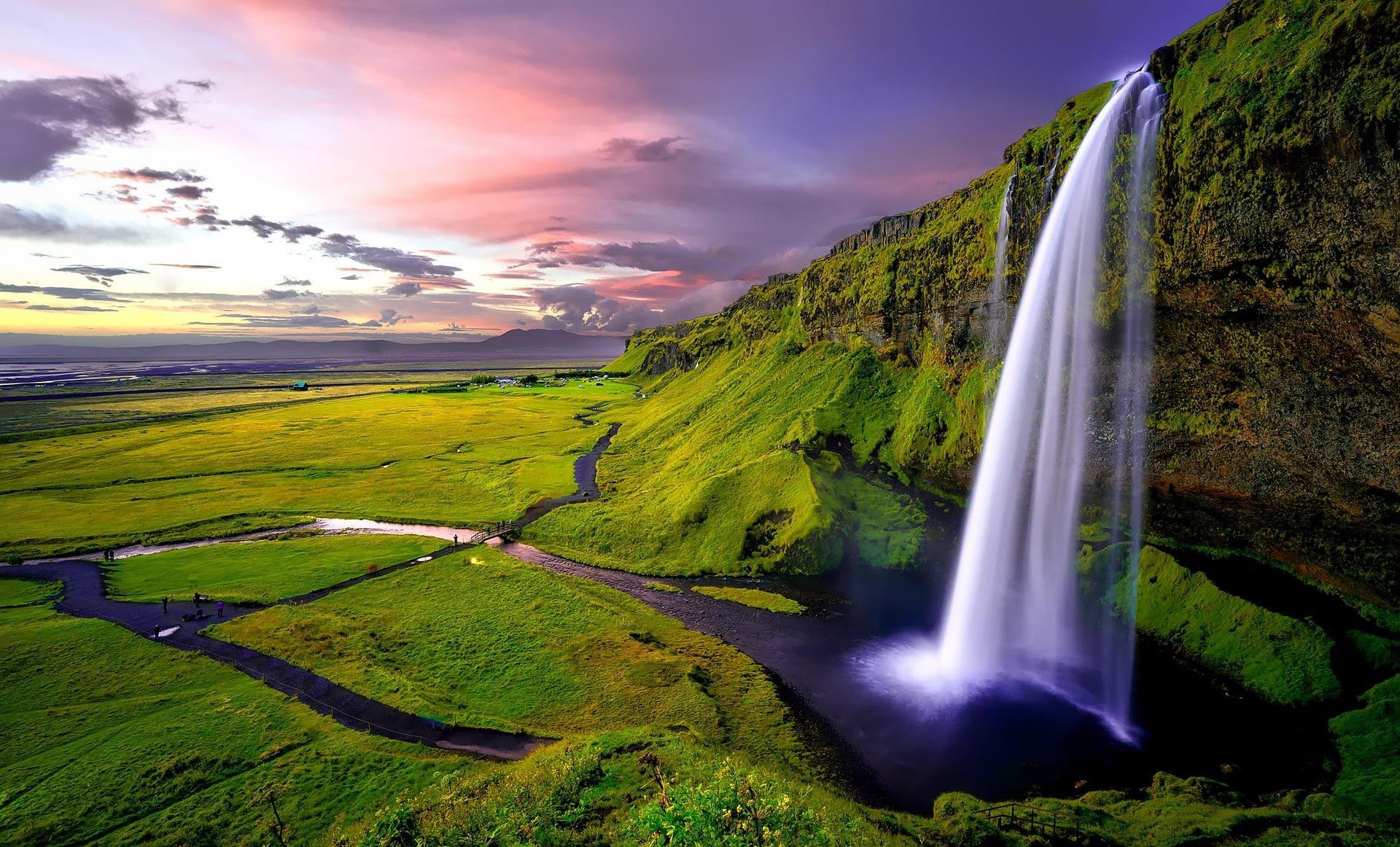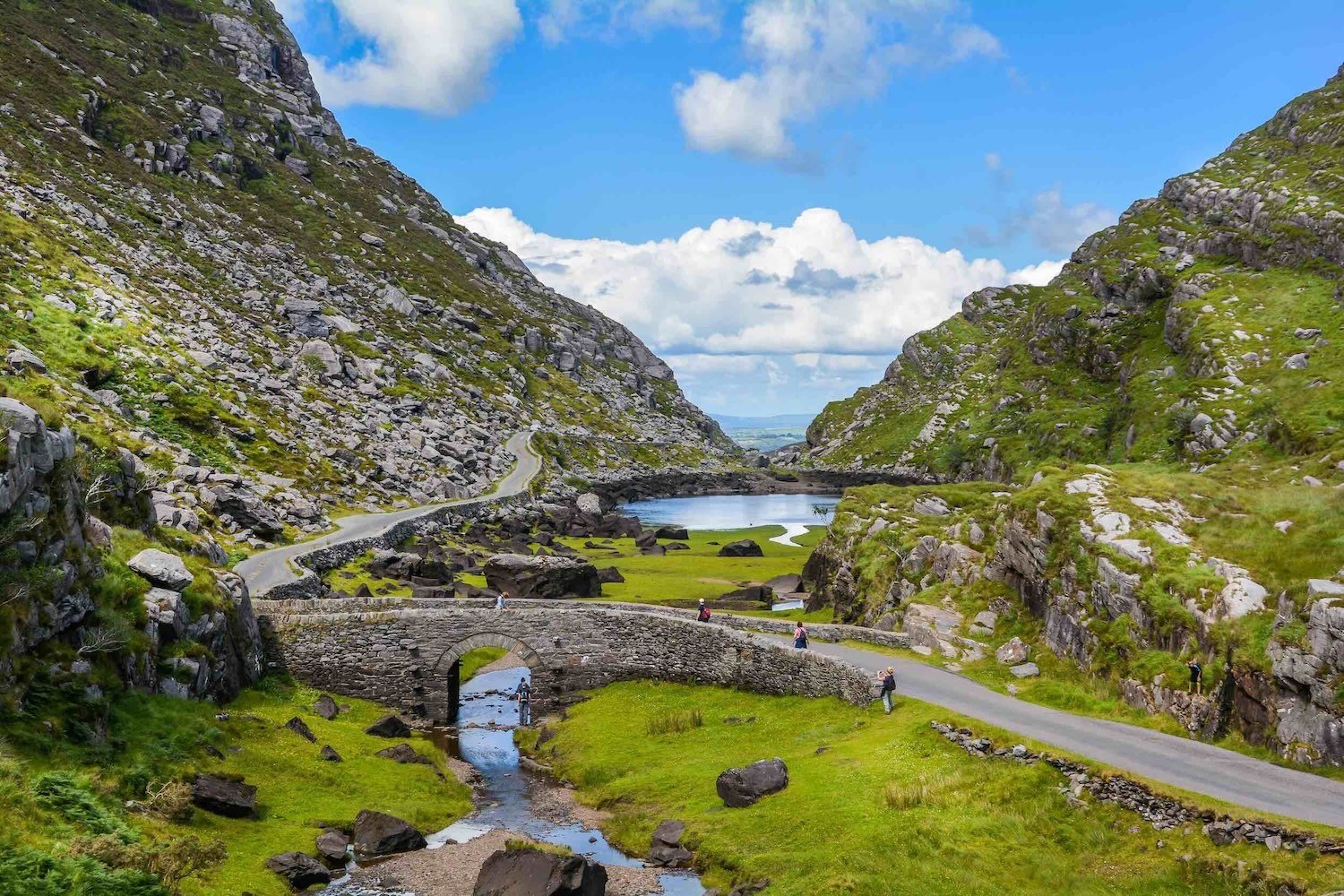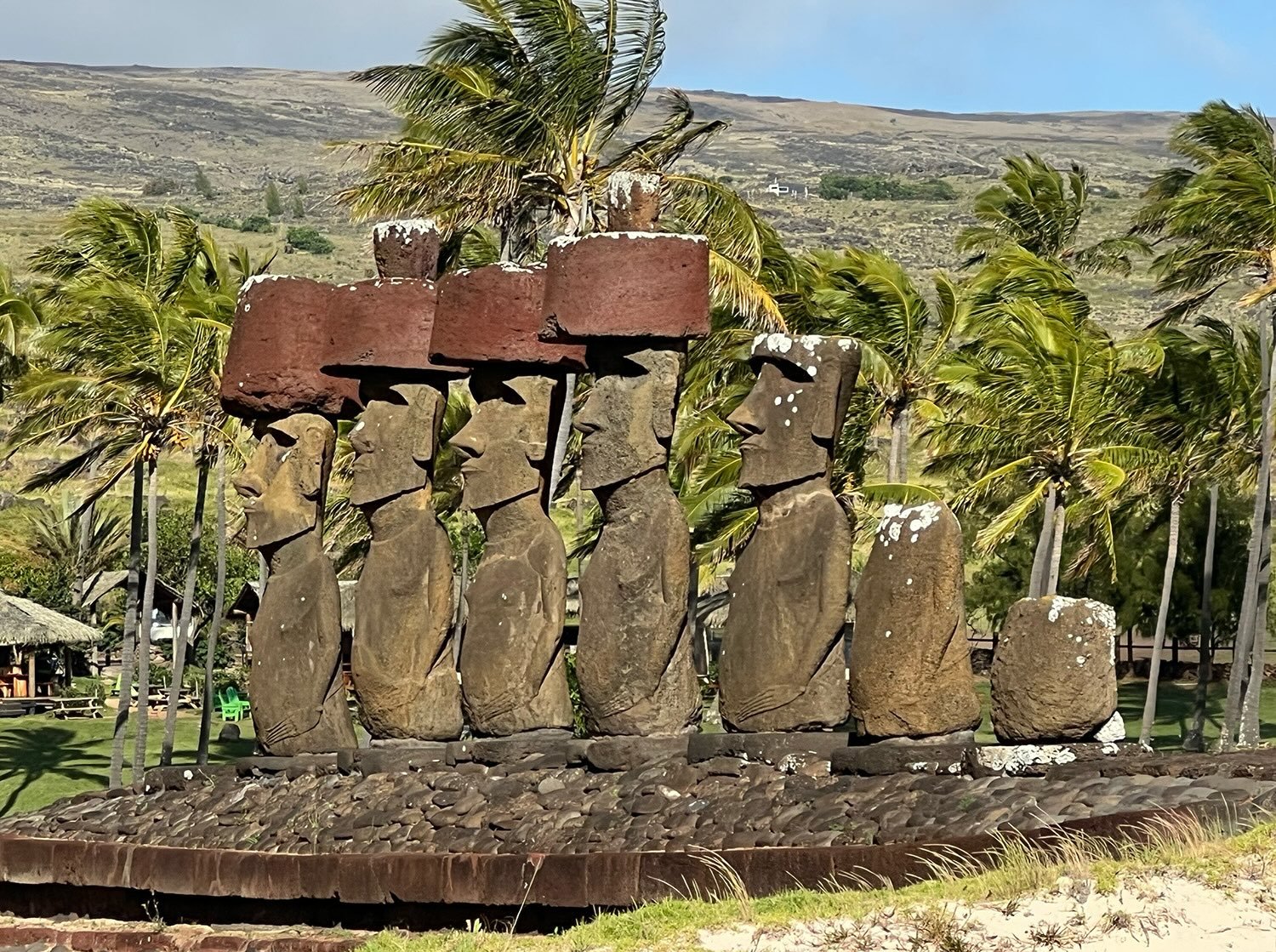Tikehau Travel Guide
Tikehau Travel Tips
This section of the Tikehau travel guide highlights essential travel tips.
Recommended Reading
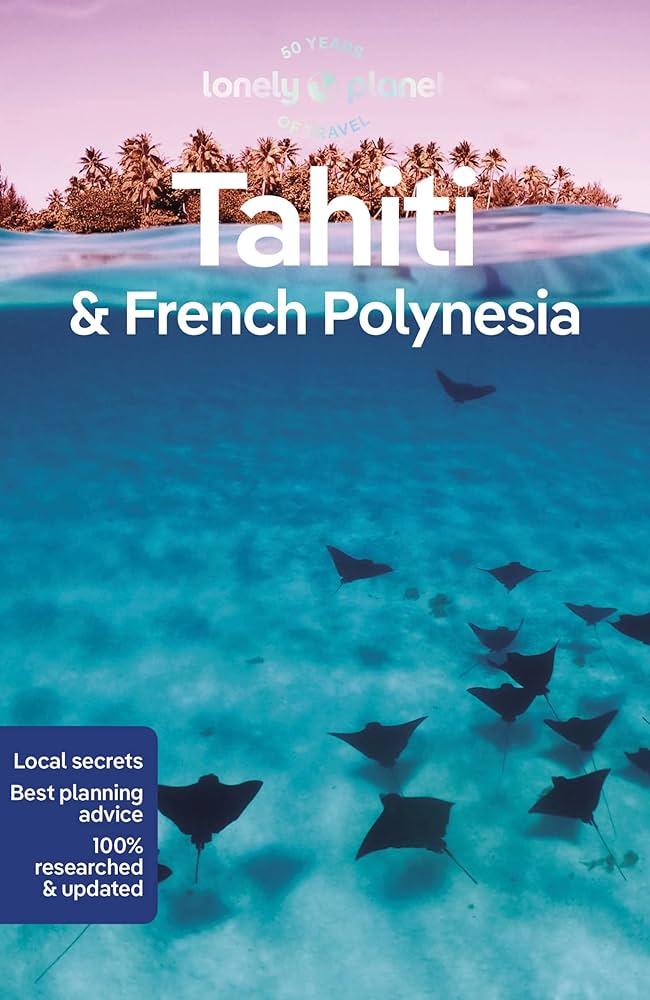
- Traveling in French Polynesia During COVID – Tikehau: a personal account of my visit to Tikehau during September 2020.
- French Polynesia Travel Guide: everything you need to know before heading to paradise. This should be your first stop in the planning process.
- Lonely Planet: French Polynesia: always useful in the planning stages and during your trip.
- Tahiti Tourisme: the official site of the local tourism office. You’ll find relevant information about Tahiti and the outer islands.
How Many Days Do You Need In Tikehau?
Tikehau is a great place to both scuba dive and unwind. Apart from the day of arrival and diving, you should dedicate at least one full day for a lagoon tour and one day for exploring the main motu. Add to that any days that you want to do nothing plus your diving days, and you have your grand total. Due to the travel time needed to get to the dive sites at Tuheiava Pass, you can do a maximum of two dives per day. My recommendation is to spend 5 days in Tikehau which include two days of scuba diving.
Tikehau, Fakarava or Rangiroa?
Every island in French Polynesia is different, so choosing the right mix of islands can be a challenging task. The same is true for the Tuamotu Atolls. Though similar in look, they each offer something slightly different. Listed below are what I consider the pros and cons of the “big three”, the most visited stops in the archipelago. For a more in-depth look, here’s a guide on how to choose which atoll to visit in French Polynesia.
Tikehau
- Pros: very laid back and not geared for large-scale tourism, activities, and sites to see apart from purely scuba diving, pink sand beaches that are relatively easy to reach, possible to see unique species of sharks (tiger and hammerhead) even in shallow dives.
- Cons: the coral throughout the lagoon is not that impressive, lack of diversity in dive sites, travel time to dive sites takes up a lot of time, few places to dine around the main motu.
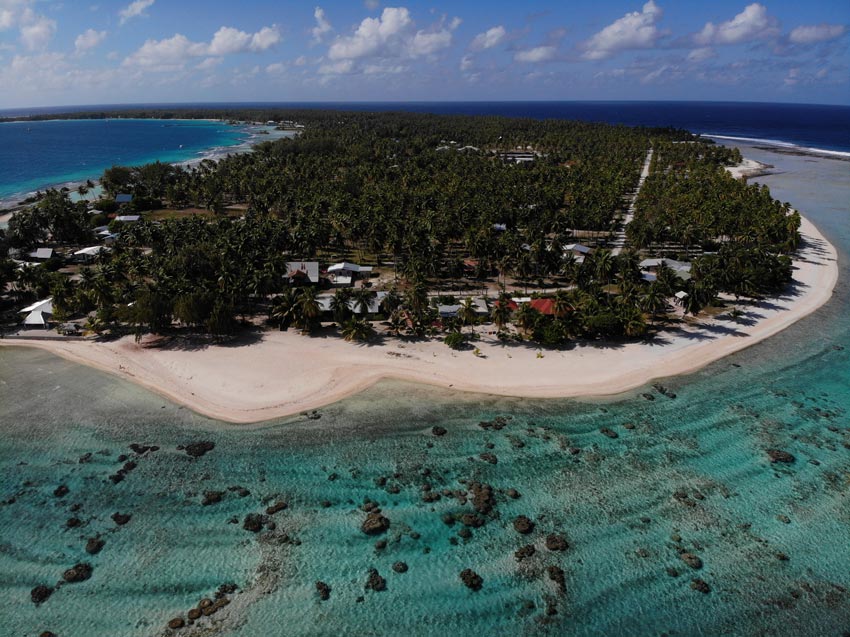
Fakarava
- Pros: laid back and still not yet fully discovered, plenty of ways to enjoy the atoll apart from diving, the coral is simply exquisite so every dive is memorable, two very distinct dive sites – the north & south passes, the motu where you’ll be staying is huge and you can easily get lost there for the day, beautiful white sand beaches, excellent snorkeling, shark walls, lagoon excursion to pink sand beach, possibility to see ‘shark walls’.
- Cons: the north and south passes are very far apart and are essentially two separate destinations, the likelihood of spotting dolphins and hammerheads are lower, not as many dive and accommodation options.
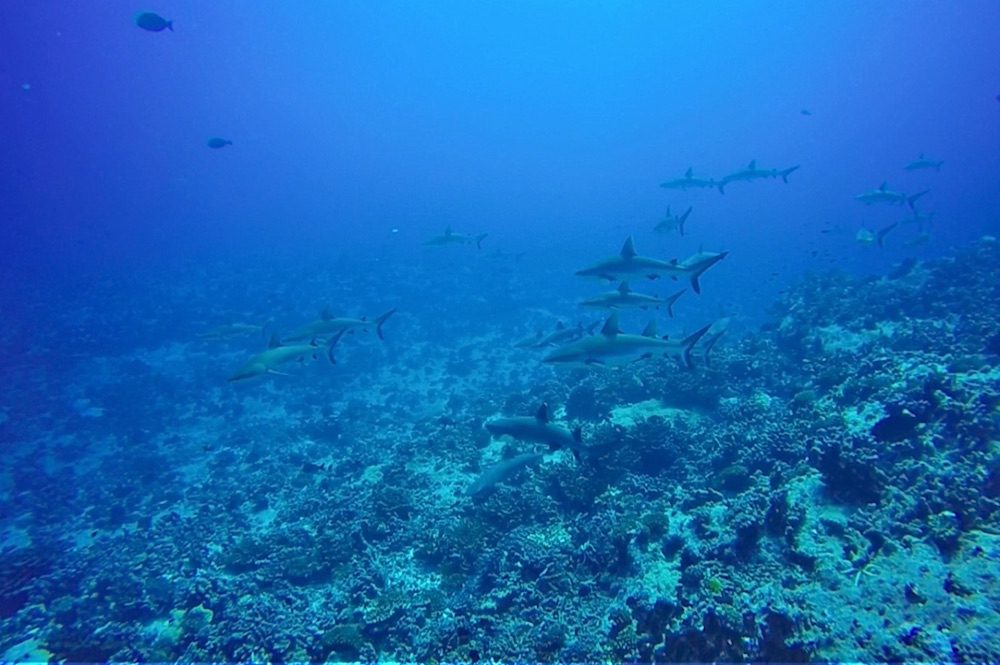
Rangiroa
- Pros: really geared for tourism, plenty of dive centers and accommodations to choose from, greater likelihood of seeing the ‘big fish’ (dolphins, hammerhead sharks, silvertip sharks, manta rays, etc.), easier to get to from Tahiti, excellent snorkeling from just about everywhere.
- Cons: aside from a couple of lagoon excursions (which aren’t cheap but worth it), there isn’t much to do aside from scuba diving, the coral here is not that impressive so if you lucked out on seeing the ‘big fish’ – your dive could be disappointing, relatively crowded with divers, the main motu where you’ll be staying is small and there aren’t that many options for self-discovery, no white sand beaches.
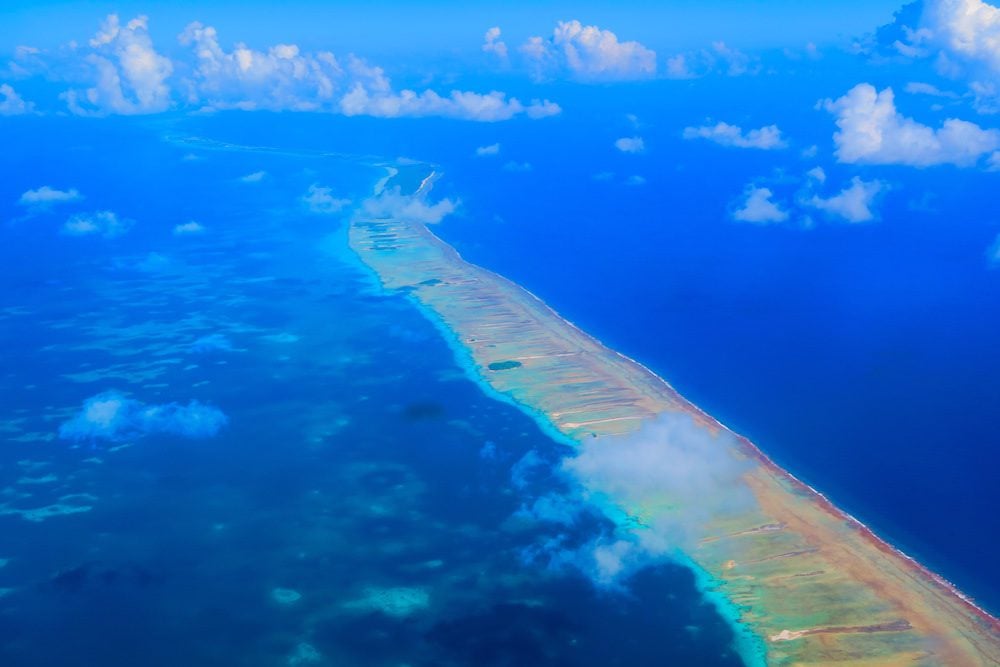
Get in touch for assistance with planning your trip to French Polynesia, either for a personal consultation or complete itinerary planning.
When Is the Best Time To Visit Tikehau?
Tikehau is best visited during the dry season (June – September). This is the period when the trade wind blows and offers a steady and constant breeze, and when persistent rain is less plausible. That said, the blowing trade wind does make the lagoon a bit choppy so snorkeling isn’t as pleasant though very much possible. Diving is possible year-round in Tikehau and visiting during the rainy season is possible. You simply need to be prepared for hot and humid weather and the possibility of rainy days leading to cancellations. I visited Tikehau during September and the weather was excellent.
Another thing to look out for is the local school holiday season, a period that brings domestic travelers to Tikehau. It might be challenging to find a good place to stay or to book a dive on the exact dates you want.
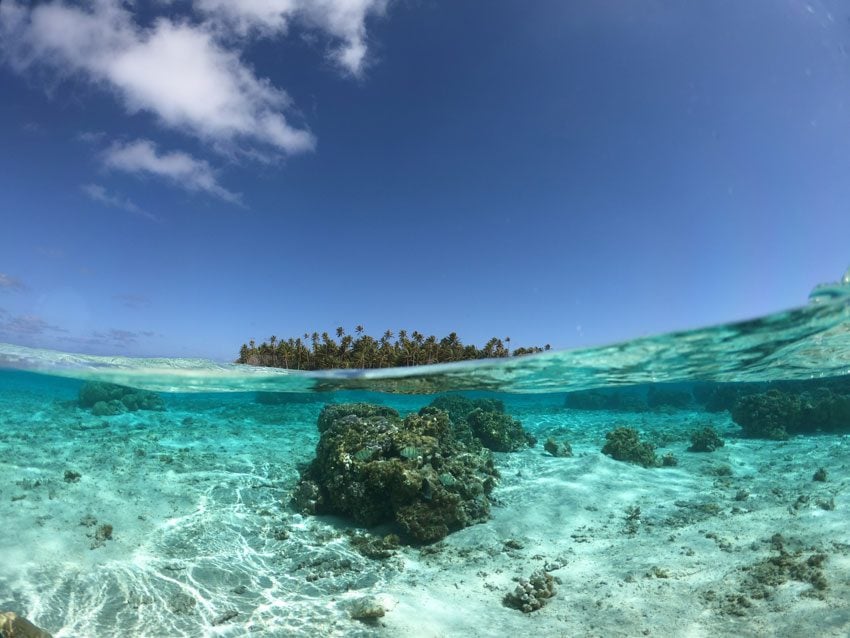
How To Get To Tikehau
By Air: the most convenient (and scenic) way to get to Tikehau. Direct flights are available from Tahiti, Rangiroa, and Bora Bora. Usually, Tikehau will be one stop in a longer visit to French Polynesia, so purchasing the right air pass from Air Tahiti is recommended.
By Boat: it isn’t very common but it might be possible to get to Tikehau on a cargo ship. You’ll need to be very flexible with your time, have luck on your side, and speaking French will go a long way. The Saint Xavier Maris Stella IV serves the Tuamotus from Papeete and it may or may not carry passengers.
(1) divers get an extra 5kg on checked luggage if you show your gear (such as BCD). (2) When flying from Tahiti, grab a window seat on the left side of the plane. The same is true if you fly from Tikehau to Rangiroa or back to Papeete via Rangiroa.
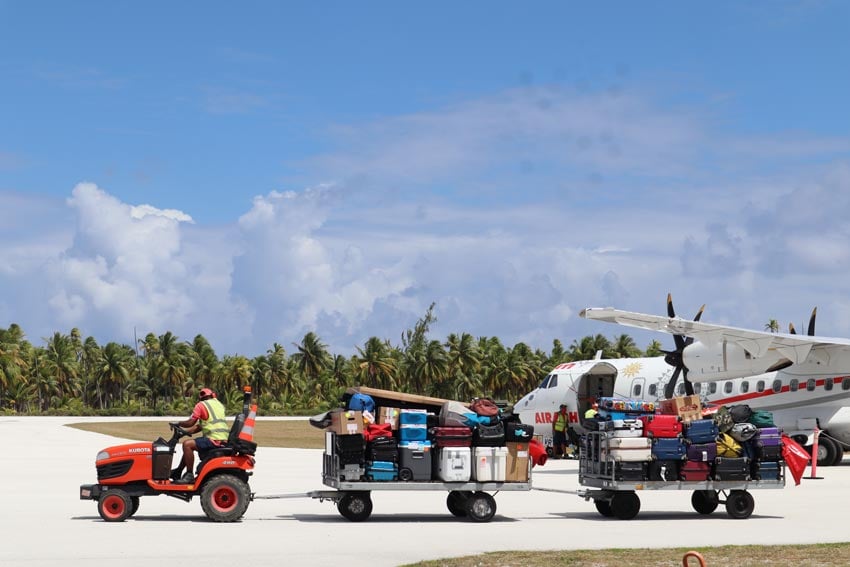
Getting Around Tikehau
To/From Airport: this will be arranged with your hosts and may come with an extra charge. If you are not staying on the main motu, this will also involve a boat trip.
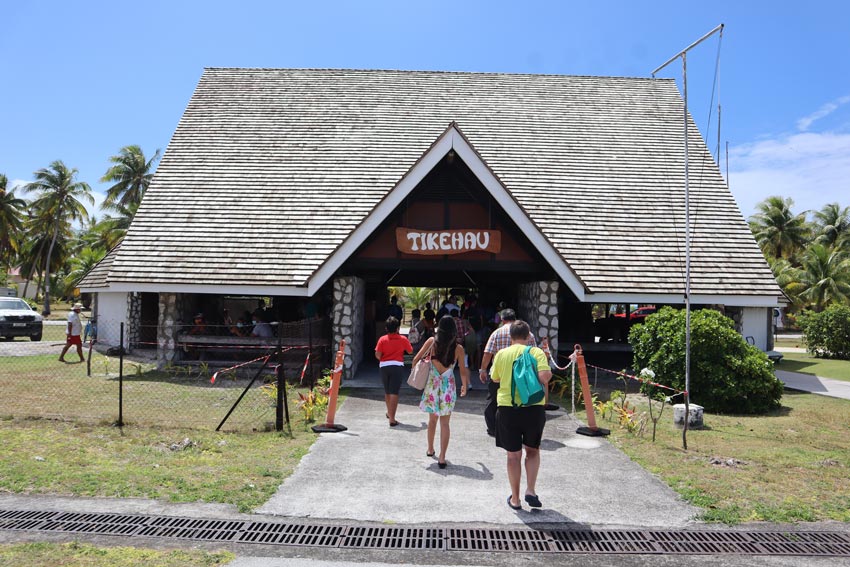
Around Tikehau: the main motu can be explored on foot if you’re looking for adventure or with beach bicycles, usually supplied free of charge by your accommodation. You can rent bicycles from Tikehau Plongee for about 1,000 XPF/per day ($10/day). It’s also possible to rent kayaks and head to the white and pink sand beaches to the northeast of the airport.
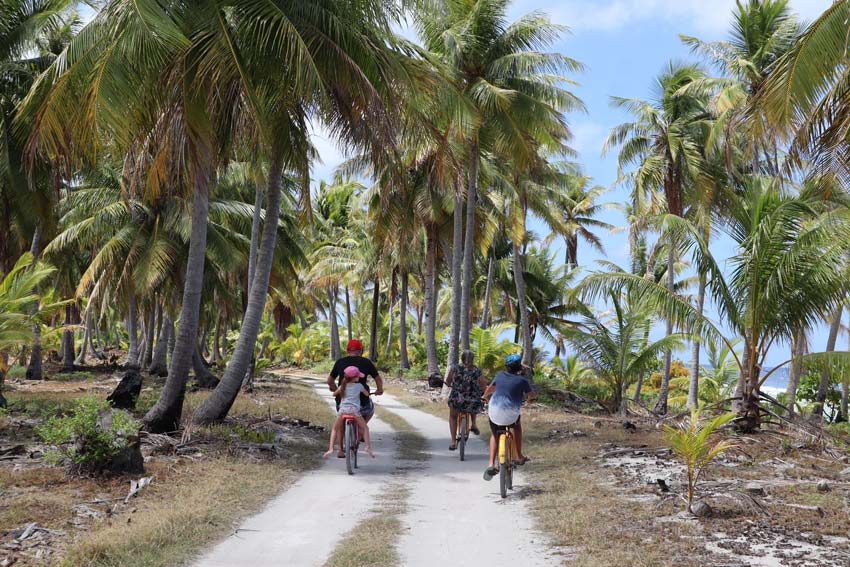
Where to Stay in Tikehau
Most accommodations consist of family-owned pensions but there are a few high-end resorts on the island. Do keep in mind that when staying in accommodations, not on the main motu, you will most likely really be “off the grid”. Some will offer paid boat trips to the main village but some may not.
Resorts: if seeking luxury, look no further than the Pearl Beach Resort. The resort is located about 20 minutes by boat from the main village and boasts overwater bungalows (though over shallow waters). Apart from luxury in the middle of nowhere, the main appeal of the resort is its location. Guests can skip across white and pink sand motu or kayak and get lost for the day.
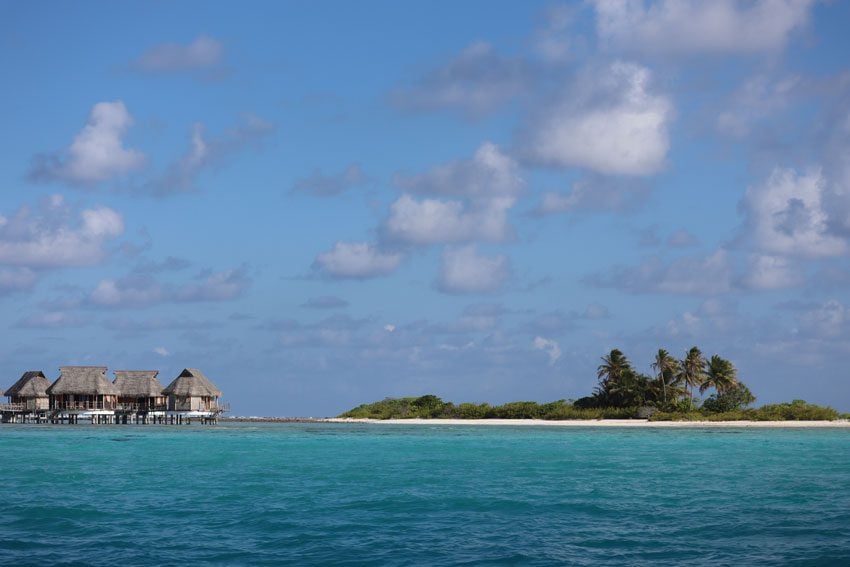

On the other end of the airport, the Ninamu Resort is located on a private motu just 10 minutes by boat from the main village. The resort is Australian-owned and offers an all-inclusive experience.

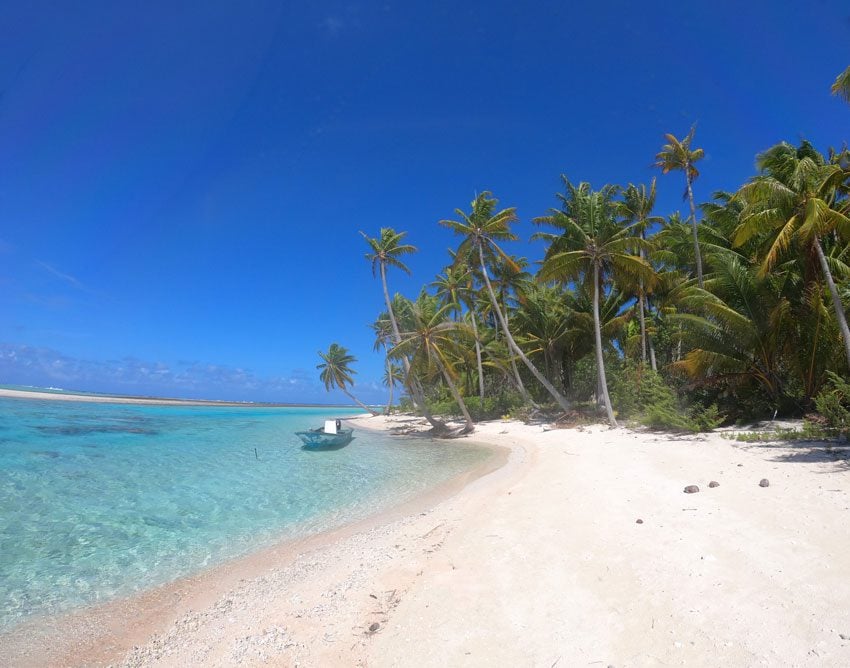
Pensions: by far the most popular option in Tikehau. Pensions are family-owned and operated guesthouses that range from simple to pampering. Your stay will usually be half-board, meaning communal breakfast and dinner are included in the price. On the high-end, Tikehau Paradise (formerly the Relais Royal) is the best option and you’ll be fortunate to find a vacancy. It is located on a motu just across from the main village but it’s not challenging to cross there and back. Next are the island’s most popular pensions, clustered around a long string of white sand. Worth mentioning are Pension Hotu and especially Tikehau Village, both solid options. Other options in this cluster include Pension Justine and Pension Aito Motel Collette.
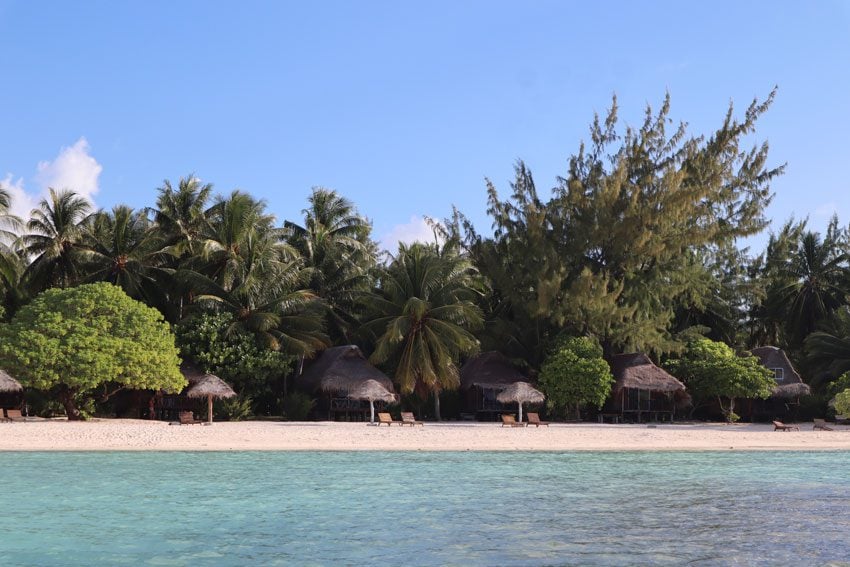
Budget: I visited Tikehau during a week of school holidays and it was impossible to find a vacancy in one of the pensions mentioned above. So I stayed at Pension Coconut Beach at the very tip of the main motu. If you’re traveling on a budget, this could be a good option as the location is superb and your host, Jean-Louis, is very caring once you get to know him, even if he has a few “house rules” which must be followed. You can either stay in one of the rooms inside the main house (where Jean-Louis lives) or book the exterior en-suite unit. Prepare for a very basic stay but, once again, the location is perfect. Read more about my stay at Pension Coconut Beach on this blog post.

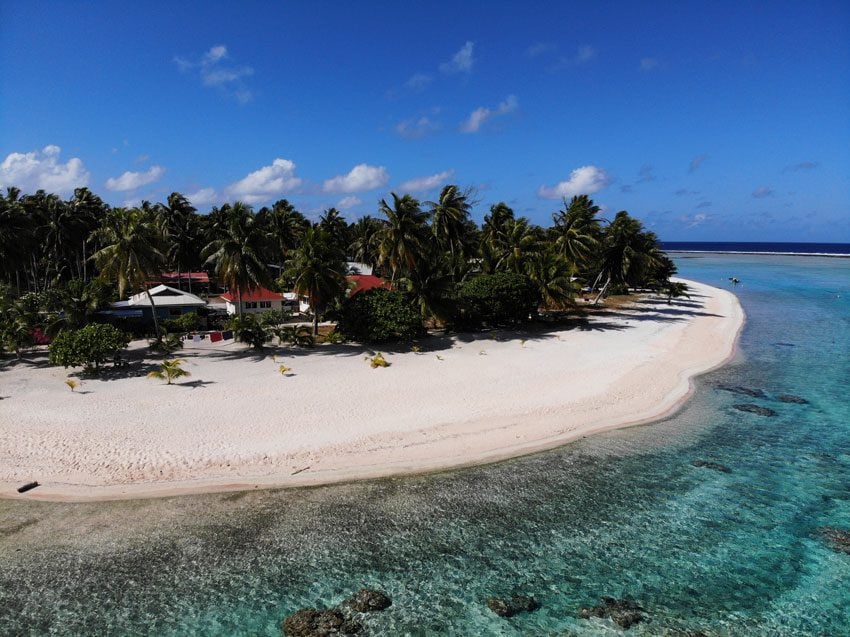
Click here for all Tikehau accommodations that can be booked online on booking.com.
Money
I did see an ATM at the local post office but it is possible that the machine does not accept international cards. Even if slowly, things do change around here so by the time you visit Tikehau, there might be a bank branch that offers ATM services. It’s highly recommended to bring enough cash for your entire stay on the island and always have some extra Euro or U.S. Dollars for emergencies. Credit cards are not accepted at restaurants but might be accepted by dive shops and some accommodations.
Drinking Water in Tikehau
All residents collect rainwater in tanks and the same goes for accommodations. While the high-end resorts probably purify tap water, pensions and guest houses may not offer drinking water to guests. Be prepared to purchase bottles at local shops.
Scuba Diving in Tikehau
Though dive centers advertise a variety of dive sites, the reality is that you’ll be doing your diving in Tikehau in and around Tuheiava Pass, the only way for boats to get in and out of the lagoon. It takes about 30 minutes by boat to get to and from and pass, so a two-tank dive will take almost a full day. You also need to factor in the tide, which means that on certain days, departure and return will be late.

There are currently three dive centers on Tikehau: Raie Manta, Tikehau Plongee, and Coco Dive. All three dive centers are located in and around the main village. The high-end Topdive dive center was located in the Pearl Beach Resort, but it is no longer operating. Some of the above-mentioned dice centers in Tikehau are part of the Te Moana diving pass, which provides discounts for multiple dives in multiple dive centers.
- Since outings take up most of the day, bring with you some snacks and full sun protection. If it’s
- overcast, bring something warm as well. It’s wise to book your first dive well ahead of arrival.
- Since the dives are often drift dives, it’s best to do a refresher dive before your arrival if you haven’t been underwater for a while.
- Inquire about diving with manta rays in the “cleaning station” if you fancy spending considerable time with mantas. You do visit the cleaning station on a lagoon tour but snorkeling conditions can be rough.
- Experienced divers with deep-diving certification might be able to arrange outings to interesting sites outside the lagoon.
Eating and Nightlife in Tikehau
There isn’t an abundance of choice when it comes to dining out in Tikehau, but it’s usually only lunch that you need to take care of. Most pension stays are half-board, meaning communal breakfasts and dinners are included in your accommodation price.
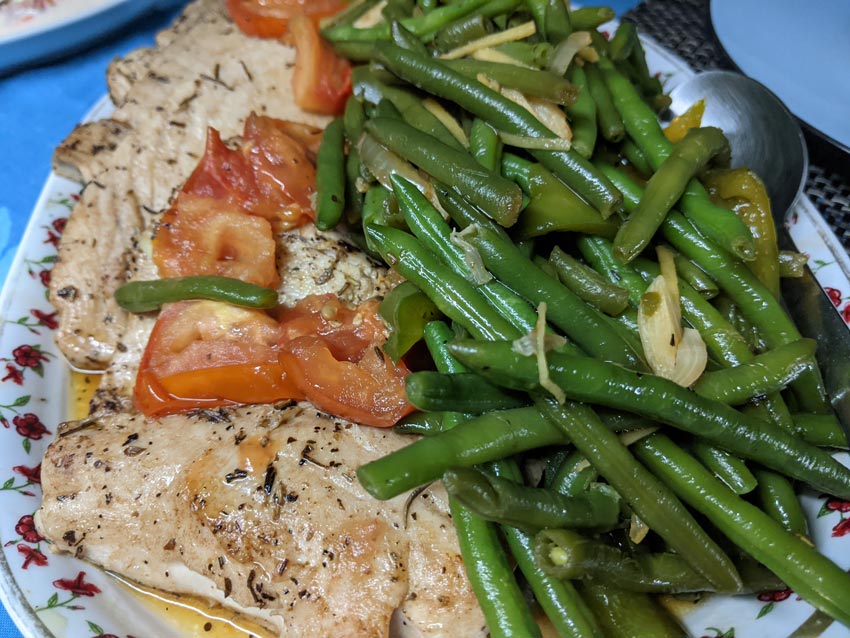

The main restaurants in Tikehau are Snack Tikehau next to the quay, Snack Ohina next to the pharmacy in the village (sometimes open for dinner), and the restaurant at Pension Tikehau Village, where nonguests can make reservations. Expect to pay between $12-18 for a main dish but be prepared for slow service and not having everything on the menu available.
As far as nightlife in Tikehau, there is a bar at either Pension Hotu or Pension Tikehau. It’s a nice spot for sunset drinks. Some pensions might throw a small party, depending on the mood and the season. Other than that, purchase your own alcohol and enjoy it on the beach.
Here are a few more tips to help ensure you don’t go hungry or thirsty in Tikehau:
- There is a Chinese-owned minimarket in the main village and another small grocery stand inside the village bakery. Both are open for only a few hours during the day, even less so on Sundays.
- Sometimes, snacks (the name for simple restaurants) are closed despite the advertised opening hours. If you plan to grab lunch in the village, ask your hosts to call the owners in the morning to confirm opening times.
- In light of the above two points, bring snacks with you for the day of arrival so you’ll have something to eat until dinner time arrives. This is especially true if arriving on a weekend afternoon flight to Tikehau.
- Dinners in pension will usually consist of fish dishes, either raw or grilled. If you have dietary requirements, inform your hosts well in advance. Do keep it simple though, as items such as beef and fresh vegetables are hard to come by and expensive.
- Pack a few ziplock bags in your suitcase and seal your snacks inside to avoid attracting bugs in your room. You can usually also store snacks and alcohol in the pension’s refrigerator.
- Drinking tap water in Tikehau is almost always out of the question (ask your hosts during check-in). There is a good chance that you will need to purchase bottled-water throughout your stay.
- I have heard of a few pensions that also offer lunch if you ask for it during breakfast.
- Lunch is included in the price of a full-day lagoon tour.
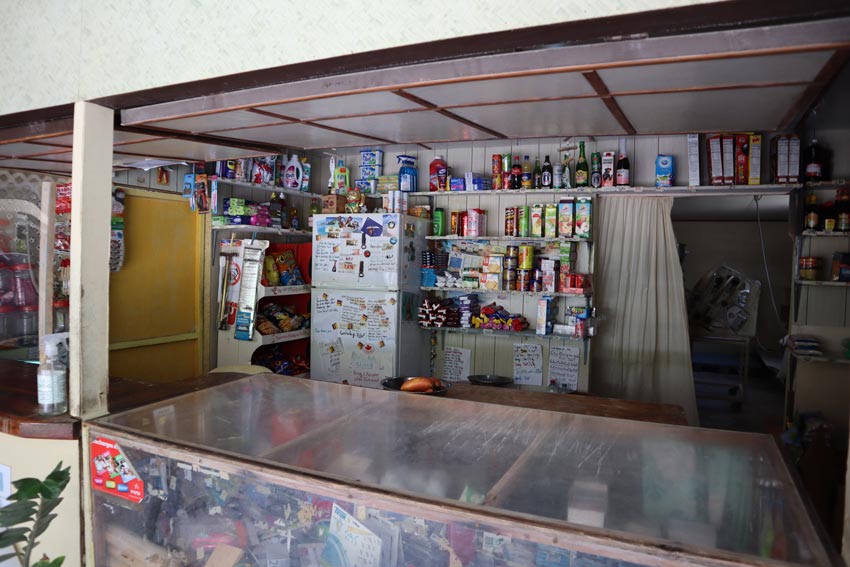
Excursions in Tikehau
Apart from scuba diving, add some spice to your Tikehau visit by joining one or more excursions. The most popular excursion is the full-day lagoon tour but other excursions offered on the atoll include half-day visits to the manta ray cleaning station and bird island, fishing expeditions, and visits to Eden Island, a self-sufficient organic farm on the far side of the lagoon. Scuba diving and lagoon tour outings will be described in more detail in the next section, and I also recommend checking out this 5 days in Tikehau itinerary to see how everything fits in together.

(1) book your dives in advance and get them done on the first days of your visit. (2) The lagoon tour should also be the first thing done if not diving and, if diving, the next thing. This is because a minimum number of passengers need to book in order for the tour to take place and it might be canceled due to weather conditions. You want to have a buffer to rebook the tour for the following days. (3) Scuba dives are easy to directly book online by email but lagoon tours are best booked through your pension hosts.
Mobile Reception and WiFi in Tikehau
Vini is the only mobile network with coverage in Tikehau (my Vodafone roaming package did not work). WiFi is available in most if not all pensions on the main island (and likely in the high-end resorts well). The WiFi connection was quite good and I did not experience any issues.
Safety Tips for Tikehau
Here are a few tips for keeping you safe in Tikehau:
- Mosquitos are all over the island, there’s really no way to avoid them. Be sure to have sufficient mosquito repellent and my advice is to also pack one of those devices that can be plugged into the wall during the night. Also, pack some aloe vera or tamanu oil in case of nasty bites.
- Listen to your divemaster and be sure you are comfortable with drift dives. It’s always wise to stick to the group, especially when aggressive sharks like tigers and hammerheads are around.
- The following tip is not a joke. Falling coconuts can cause serious injury and even death. Be sure none are present on the tree before grabbing some shade beneath a palm tree.
- The sun can be very intense on the atolls. Always protect yourself and hydrate.
- As mentioned before, do not drink tap water in Tikehau unless specifically given the OK by your hosts (some high-end places to pump filtered water through the taps).
Never travel without the right travel insurance, especially if you plan on scuba diving or visiting remote places where you may need evacuation. Check out the various travel insurance plans offered by World Nomads, specifically designed for independent travelers.
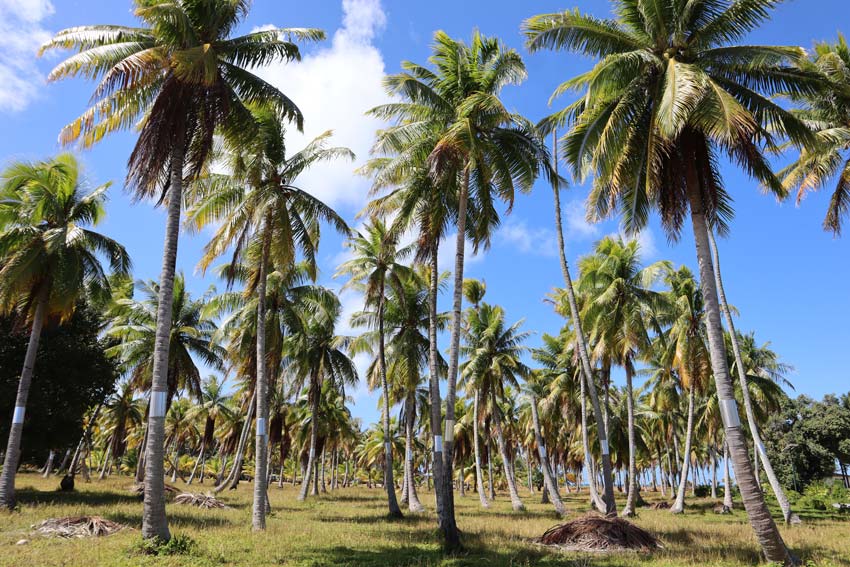
What to Pack for Tikehau
You’ll be spending a lot of time in the water and under the sun in Tikehau so keep that in mind when packing. Listed below are a few essential items to pack, specifically for Tikehau. Check out the X Days In Y Packing List for recommended products.
- Mosquito repellent (must), after-bite care (optional)
- Sun protection: lotion, sunglasses, monoi oil for after-sun care (optional), rash guard T-shirt for snorkeling (optional), hat
- Reef shoes (strongly recommended), dry bag (for diving and lagoon tour)
- Dive card and logbook
- Mask and snorkel (must), fins (optional)
- Swimwear, including pareo (sarong), and quick-dry towel for diving (optional)
- Camera, underwater camera, and drone (optional)
- Light sweat-repellent clothing
- Light rain gear
- Flashlight
- Snacks for arrival day and zip lock bags for storing food in the room
- Flip flops and sandals/shoes if you want to explore the main island
- Cash and emergency Euro/US Dollars





